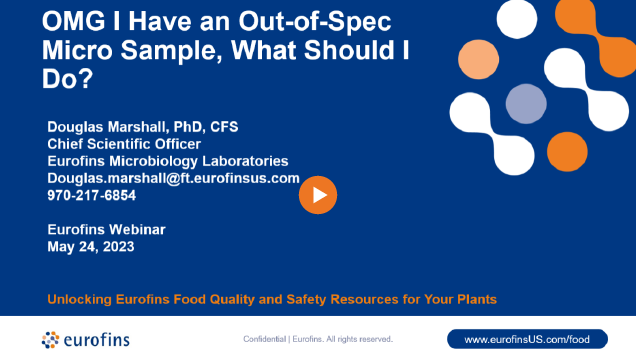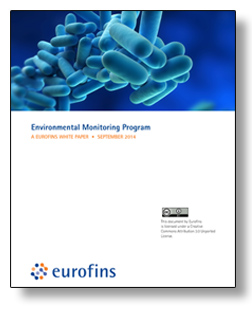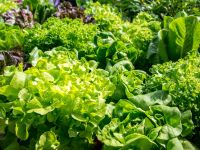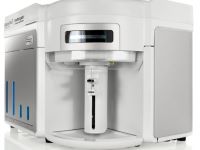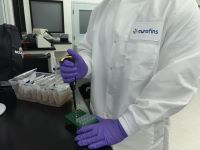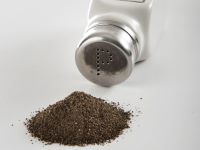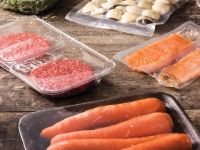Webinars
Search >>
On-Demand Webinars:
In this webinar, Dr. Douglas Marshall, Chief Scientific Officer of Eurofins Microbiology, discusses the best practices to help resolve product and environmental contamination events with a focus on effective root cause analysis and deployment of corrective actions as well as consideration of successful long-term preventive actions. Original Air Date May 24, 2023
This Environmental Monitoring Guide focuses on why to have an environmental monitoring program (EMP), where and how to perform environmental monitoring with the Zone concept, evaluation of results and root cause analysis when out-of-spec environmental test results are found, and corrective actions to take based on root cause analysis.
Do you need microbial testing for your food products? Learn the importance of microbial challenge testing to ensure food safety and quality.
This poster discusses research focused on the co-enrichment detection of Salmonella and STEC on produce matrices.
This poster discusses research with the purpose of demonstrating a proof of concept for a reliable methodology evaluating postbiotic materials as characterized by inanimate cells by flow cytometry.
This poster discusses research with the purpose to demonstrate proof of concept of the EPRI tool with real-world samples by comparing against a validated pathogen method and culture.
This poster discusses research with the purpose to evaluate the performance of a commercial real-time PCR Salmonella detection method with spice matrices having antimicrobial and PCR inhibitory properties and to determine if any method modifications are required to obtain acceptable results.
This white paper will provide a brief overview of both prevention and investigation of spoilage. By focusing on principles, it will not be able to answer every question, but rather will illustrate questions to ask during product design and failure investigations.
Mushroom toxicity comes from many sources, including the soil, processing, and the mushrooms themselves. This infographic outlines sources of contamination, as well as steps to take to minimize the risk of toxins entering the food chain.
This webinar presentation covers a background review of how we have come to report results as “presumptive”, the current state of rapid and confirmation testing, and possible future direction. Original airdate December 7, 2023.


